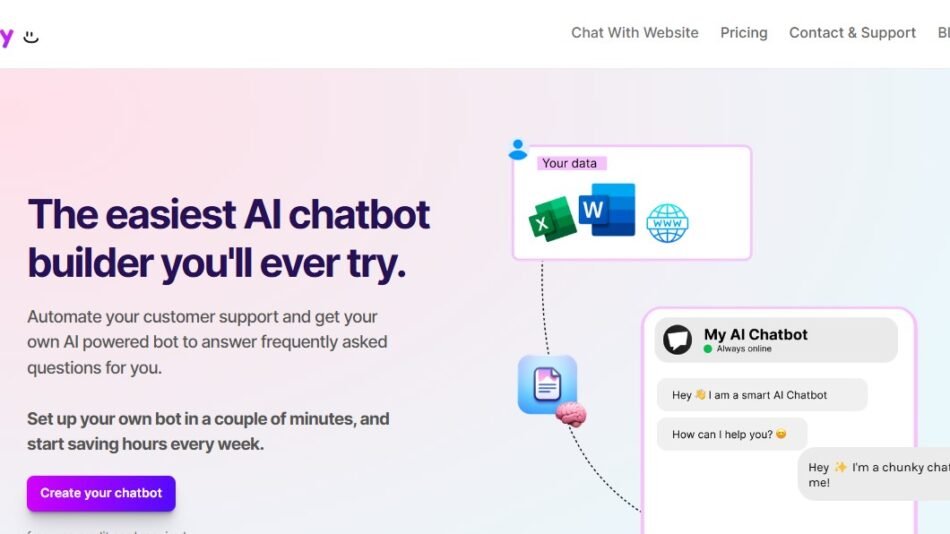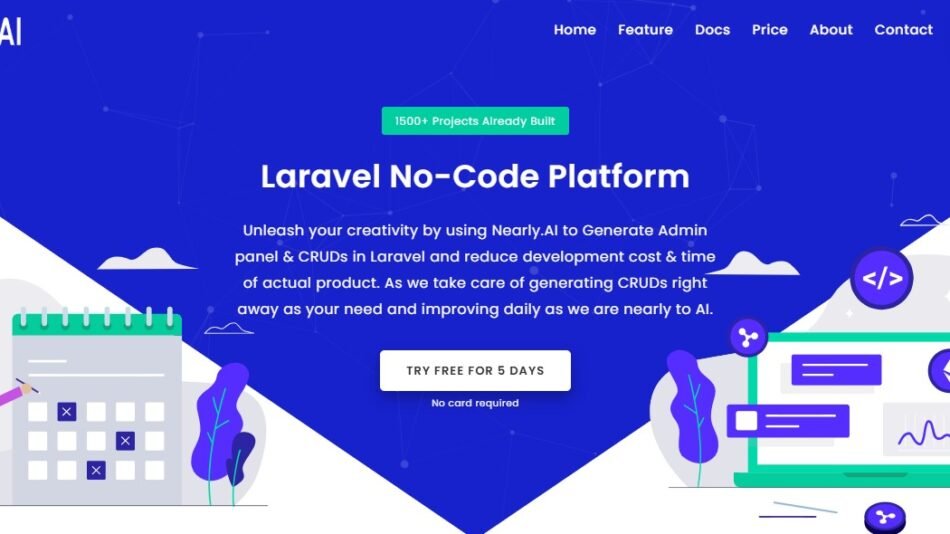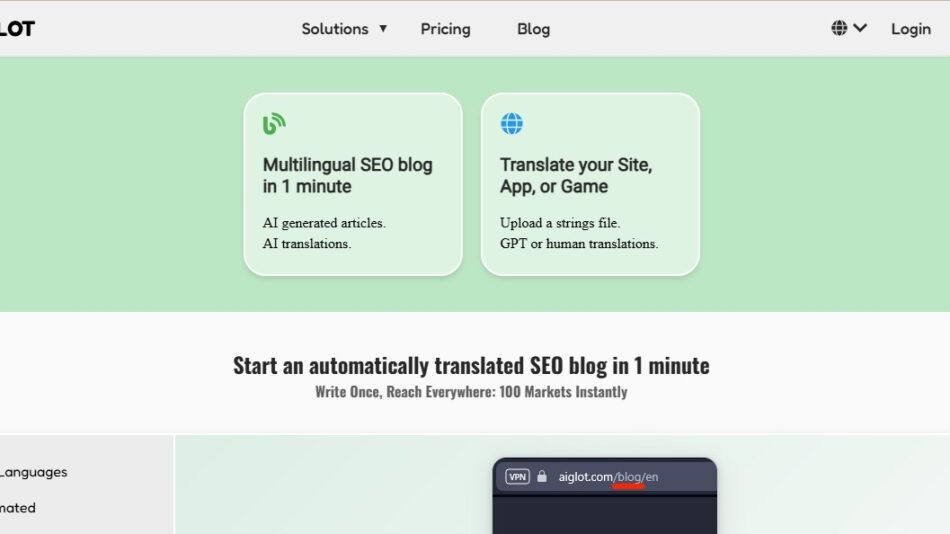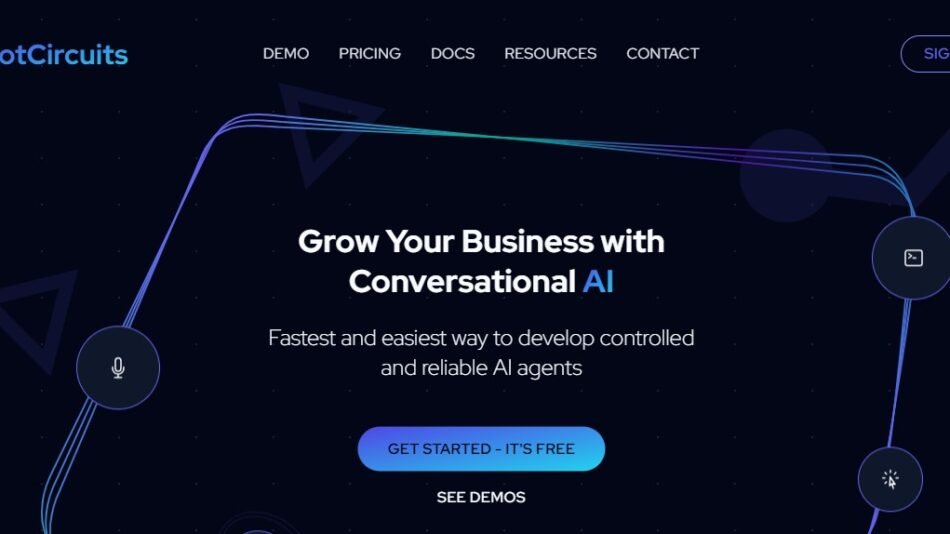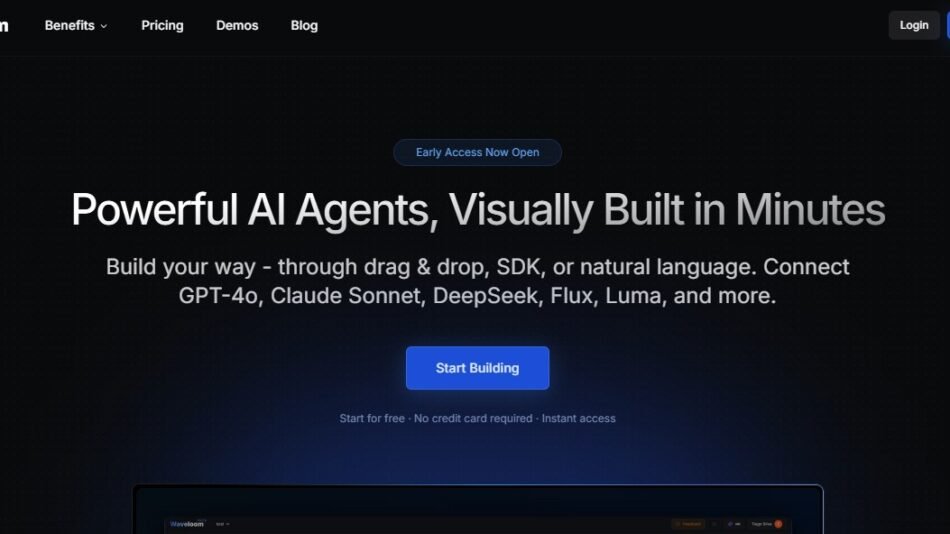Lamatic AI is an AI-driven finance and expense automation platform that helps businesses automate financial workflows, track expenses, and process invoices with minimal manual effort.
Using machine learning, natural language processing (NLP), and AI-powered automation, Lamatic AI provides real-time insights into business spending, automates approvals, and integrates with financial systems to enhance efficiency.
Designed for startups, enterprises, and finance teams, Lamatic AI eliminates manual data entry and improves financial decision-making.
Key Features of Lamatic AI
- AI-Powered Expense Tracking – Automatically categorizes and tracks business expenses in real-time.
- Automated Invoice Processing – Uses OCR and AI to extract data from invoices, reducing manual entry.
- Smart Approval Workflows – Automates expense approvals and policy compliance checks.
- Financial Data Insights & Reporting – Provides real-time dashboards, reports, and spending trends.
- Seamless Integration with Accounting Software – Connects with QuickBooks, Xero, SAP, and other finance tools.
- AI-Powered Fraud Detection – Identifies duplicate invoices, unusual transactions, and compliance risks.
- Multi-Currency & Global Expense Support – Helps international businesses manage expenses across different currencies.
- Automated Tax & Compliance Tracking – Ensures tax compliance with AI-driven monitoring and alerts.
How Lamatic AI Works
Connects to Financial Systems
- Integrates with bank accounts, accounting software, and corporate payment platforms.
AI Scans & Categorizes Transactions
- Uses machine learning to analyze expenses, detect patterns, and classify spending.
Automates Invoice & Expense Approval Workflows
- Ensures fast approval processing with AI-based policy enforcement.
Provides Real-Time Financial Insights
- Generates custom reports, expense forecasts, and spending analytics.
Optimizes Financial Decisions with AI
- Uses predictive analytics to suggest cost-saving strategies and prevent budget overruns.
Use Cases of Lamatic AI
- Finance Teams & CFOs – Automates expense tracking, financial reporting, and compliance monitoring.
- Small & Medium Businesses (SMBs) – Reduces manual financial management and improves cash flow tracking.
- Enterprise-Level Accounting – Manages multi-location, multi-currency expense workflows.
- HR & Employee Reimbursements – Automates expense approvals and payroll reimbursements.
- E-Commerce & Subscription-Based Businesses – Tracks recurring payments, vendor invoices, and spending patterns.
Lamatic AI Pricing
Since Lamatic AI’s official website does not disclose pricing details, most AI-powered finance automation platforms typically offer:
- Free Plan – Basic expense tracking and limited invoice processing.
- Pro Plan – Advanced AI analytics, multi-user access, and integration with accounting platforms.
- Enterprise Plan – Custom pricing for large-scale financial automation and compliance monitoring.
For exact pricing, visit Lamatic AI’s official website.
Strengths of Lamatic AI
- AI-Driven Financial Automation – Reduces manual finance work and improves accuracy.
- Seamless Integration with Accounting Software – Works with QuickBooks, Xero, SAP, and more.
- Real-Time Financial Insights & Analytics – Helps businesses track expenses and optimize spending.
- Automated Fraud Detection & Compliance – Identifies suspicious transactions and ensures tax compliance.
- Multi-Currency & Global Support – Suitable for international businesses with complex financial needs.
Drawbacks of Lamatic AI
- Limited Pricing Transparency – No publicly available cost details.
- May Require Initial Setup & Training – Users must configure financial workflows for optimal AI performance.
- AI Accuracy Depends on Data Quality – Requires accurate transaction data for best insights and automation.
Comparison with Other Finance Automation Platforms
Lamatic AI vs. Expensify
- Expensify focuses on employee reimbursements, while Lamatic AI offers full finance automation.
- Lamatic AI provides AI-powered fraud detection, whereas Expensify primarily manages approval workflows.
Lamatic AI vs. QuickBooks AI Features
- QuickBooks has built-in AI for accounting, while Lamatic AI specializes in smart finance automation.
- Lamatic AI integrates with multiple accounting tools, whereas QuickBooks is a standalone system.
Lamatic AI vs. Ramp
- Ramp is a corporate card and expense platform, while Lamatic AI is a full financial automation system.
- Lamatic AI provides AI-driven financial insights, whereas Ramp focuses on corporate spending controls.
Customer Reviews & Testimonials
Since Lamatic AI’s user reviews are not widely available, here are common praises for AI-powered finance automation platforms:
- “AI-driven automation helped us save time on invoice approvals and financial reporting.” – CFO
- “The fraud detection feature helped us catch duplicate transactions before they became a problem.” – Finance Manager
- “A game-changer for businesses looking to streamline expense tracking and compliance.” – Small Business Owner
Users generally appreciate Lamatic AI’s ability to reduce manual work, improve financial accuracy, and integrate seamlessly with accounting software, but some mention that initial customization may be required for best results.
Conclusion
Lamatic AI is an AI-powered finance automation platform that simplifies expense tracking, invoice processing, and financial reporting. With machine learning-based insights, automated workflows, and fraud detection, it offers a smart and scalable solution for businesses of all sizes.
For companies looking to optimize financial operations, reduce manual workload, and enhance compliance, Lamatic AI provides a powerful and efficient platform.
For more details, visit Lamatic AI’s official website.

